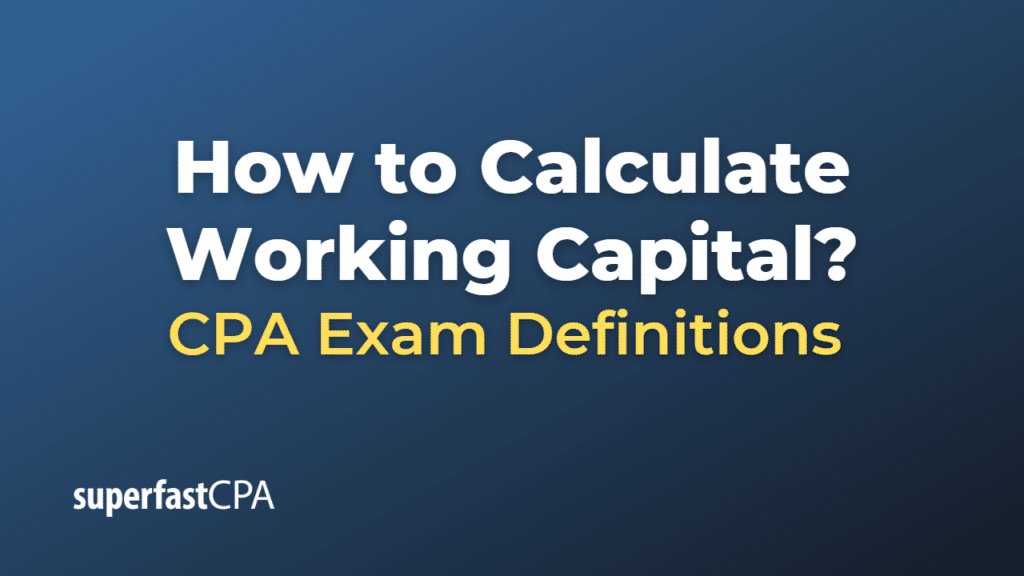How to Calculate Working Capital
Working capital is a financial metric that represents the operating liquidity available to a business. It is a measure of a company’s short-term financial health and operational efficiency.
The formula for working capital is:
Working Capital = Current Assets – Current Liabilities
Here’s a breakdown of the terms:
- Current Assets: These are resources that a company expects to convert to cash or use within one year. They typically include cash, accounts receivable, inventory, marketable securities, prepaid expenses, and other liquid assets.
- Current Liabilities: These are obligations that a company must pay within one year. They typically include accounts payable, accrued liabilities, short-term debt, and the current portion of long-term debt.
If a company’s current assets exceed its current liabilities, it has positive working capital, indicating it has enough resources to meet its short-term obligations and operate its day-to-day business. Conversely, if current liabilities exceed current assets, the company has negative working capital, which may signal financial trouble, though this isn’t always the case.
It’s also worth noting that very high levels of working capital may indicate that the company is not using its assets efficiently to generate profits. The optimal level of working capital depends on the nature of the business and its industry.
Example of How to Calculate Working Capital
Let’s say we have a company with the following current assets and liabilities:
- Current Assets:
- Cash: $25,000
- Accounts Receivable: $15,000
- Inventory: $20,000
- Prepaid Expenses: $5,000
- Current Liabilities:
- Accounts Payable: $10,000
- Accrued Expenses: $5,000
- Short-Term Debt: $15,000
First, add up all the current assets:
Total Current Assets = Cash + Accounts Receivable + Inventory + Prepaid Expenses
= $25,000 + $15,000 + $20,000 + $5,000
= $65,000
Next, add up all the current liabilities:
Total Current Liabilities = Accounts Payable + Accrued Expenses + Short-Term Debt
= $10,000 + $5,000 + $15,000
= $30,000
Now, subtract the total current liabilities from the total current assets to get the working capital:
Working Capital = Total Current Assets – Total Current Liabilities
= $65,000 – $30,000
= $35,000
So, the working capital of this company is $35,000. This means that, after paying off its short-term liabilities, the company would have $35,000 left in short-term assets. This is a positive working capital situation, suggesting that the company has sufficient liquidity to meet its short-term obligations and fund its ongoing operations.













